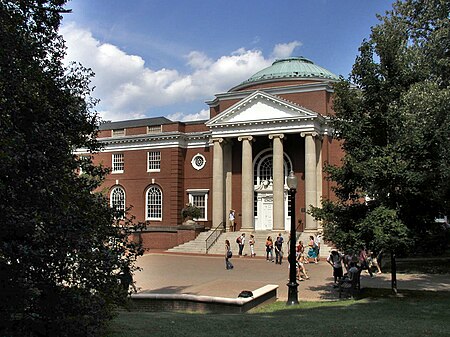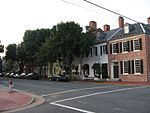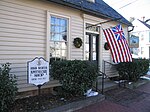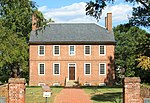University of Mary Washington

The University of Mary Washington (UMW) is a public liberal arts university in Fredericksburg, Virginia. Founded in 1908 as the Fredericksburg Teachers College, the institution was named Mary Washington College in 1938 after Mary Ball Washington, mother of the first president of the United States, George Washington. The General Assembly of Virginia changed the college's name to the University of Mary Washington in 2004 to reflect the addition of graduate and professional programs to the central undergraduate curriculum, as well as the establishment of more than one campus. Each year, students pursue more than 60 majors and programs of graduate and undergraduate study through the university's three colleges: Arts and Sciences, Business, and Education. One third of UMW's undergraduate students study abroad before graduation, taking advantage of 121 study abroad programs in 56 countries.
Excerpt from the Wikipedia article University of Mary Washington (License: CC BY-SA 3.0, Authors, Images).University of Mary Washington
Campus Walk, Fredericksburg
Geographical coordinates (GPS) Address Nearby Places Show on map
Geographical coordinates (GPS)
| Latitude | Longitude |
|---|---|
| N 38.301944444444 ° | E -77.475 ° |
Address
Ball Circle
Campus Walk
22401 Fredericksburg
Virginia, United States
Open on Google Maps









